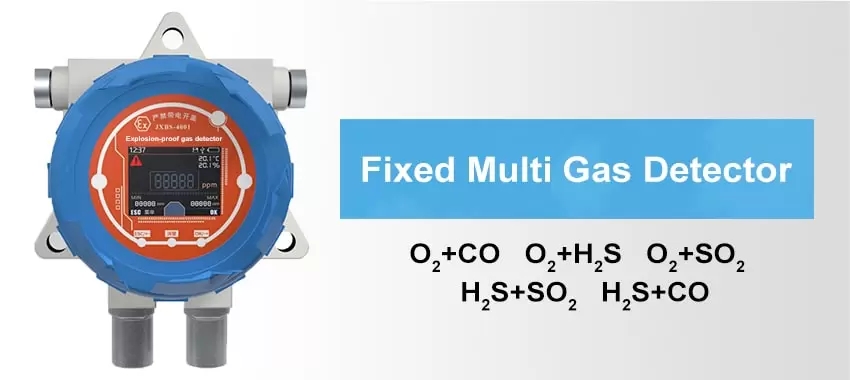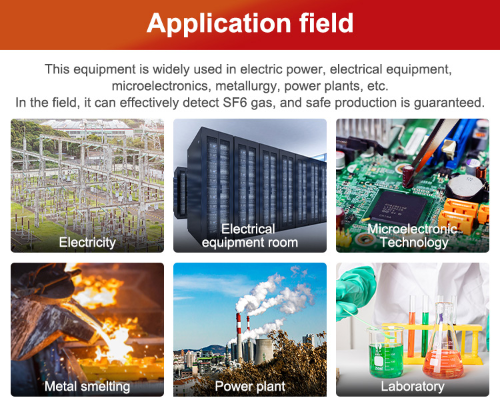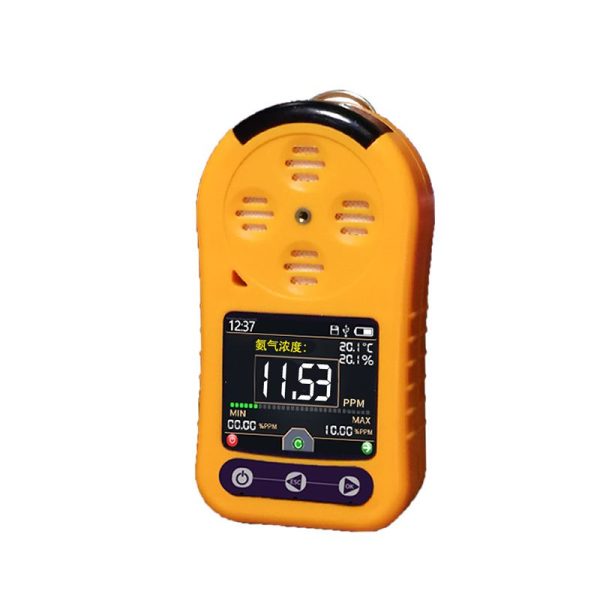In the age of rapid industrialization, it is very important to maintain a safe working environment. One crucial tool that plays a pivotal role in achieving this objective is the multi gas detector. Designed to identify and measure the presence of various hazardous gases in the atmosphere, these devices have become indispensable in numerous industries where worker safety and environmental protection are paramount concerns. This essay explores the features, benefits, and applications of multi gas detectors, emphasizing their active role in ensuring safety.
Features of Multi Gas Detectors
Comprehensive Gas Detection:
A multi gas detector is equipped with advanced sensors capable of detecting multiple gases simultaneously. These sensors typically monitor common toxic and combustible gases such as carbon monoxide (CO), hydrogen sulfide (H2S), oxygen (O2), methane (CH4), and volatile organic compounds (VOCs).
Real-Time Monitoring:
Multi gas detectors provide real-time data on the concentration of each detected gas, enabling immediate identification of potential hazards. This feature allows for prompt corrective actions to be taken, minimizing the risk of accidents and incidents.

Alarms and Notifications:
When dangerous levels of gases are detected, multi gas detectors trigger audible and visual alarms, alerting workers to evacuate or take appropriate safety measures. Additionally, some devices can send notifications to supervisors or control rooms, facilitating swift response and intervention.
Durability and Reliability:
Multi gas detectors are built to withstand harsh environments and conditions commonly encountered in industrial settings. They are designed with rugged materials, IP ratings for water and dust resistance, and anti-corrosive properties to ensure long-lasting performance and reliability.
User-Friendly Interface:
Modern multi gas detectors feature intuitive interfaces with clear displays, allowing users to easily interpret readings and navigate through menus. Some devices also offer Bluetooth or Wi-Fi connectivity, enabling remote monitoring and data transfer.
Benefits of Multi Gas Detectors
Enhanced Worker Safety:
Multi-gas detectors play an active role in protecting workers’ lives by identifying the presence of dangerous gases in a timely manner. This enables workers to take appropriate precautions, evacuate if necessary, and avoid exposure to toxic or flammable substances.
Prevention of Accidents and Incidents:
By continuously monitoring the ambient air for potentially dangerous gases, multi gas detectors help prevent accidents such as explosions, fires, and asphyxiation. Early detection and warning systems significantly reduce the likelihood of catastrophic events and protect both human life and property.

Compliance with Regulatory Standards:
Many industries are subject to strict regulations regarding workplace safety and environmental protection. Multi gas detectors facilitate compliance with these standards by providing accurate and reliable data on gas concentrations, enabling employers to implement effective control measures.
Cost Savings and Productivity Enhancement:
Detecting and addressing gas leaks or unsafe conditions early on can result in significant cost savings by preventing equipment damage, production downtime. Moreover, a safer work environment fosters higher employee morale and productivity, contributing to overall business success.
Applications of Multi Gas Detectors
Oil and Gas Industry:
The oil and gas industry is one of the primary users of multi gas detectors due to the inherent risks associated with drilling, refining. These devices are employed in various stages of the production process, from exploration and extraction to transportation.
Chemical and Petrochemical Plants:

In chemical and petrochemical plants, multi gas detectors are essential for detecting and mitigating the release of toxic and flammable gases during manufacturing processes. They help maintain a safe working environment and prevent incidents that could harm employees, damage equipment, or contaminate the surrounding area.
Mining and Construction:
Underground mining and construction sites often use heavy machinery and have the potential for gas leaks. Multiple gas detectors actively monitor ambient air quality to prevent accidents caused by gas exposure.
Utilities and Wastewater Treatment:
We use multi-gas detector in power plants, water treatment facilities and wastewater treatment plants, thus, to monitor gas leaks. They help maintain environmental compliance and prevent the release of harmful gases into the atmosphere.
Fire and Emergency Services:
Rescuers rely on multi-gas detector to assess the safety of the atmosphere during rescue missions. These devices allow them to prioritize evacuation or rescue efforts and minimize exposure to toxic substances.
Conclusion
Multi-gas detector are an important tool to ensure environmental sustainability in the industry.Their ability to detect a variety of harmful gases in real time, coupled with alarm functions, positively contributes to the prevention of accidents and incidents. Furthermore, these devices facilitate compliance with regulatory standards, enhance cost savings and productivity, and support sustainable practices.
